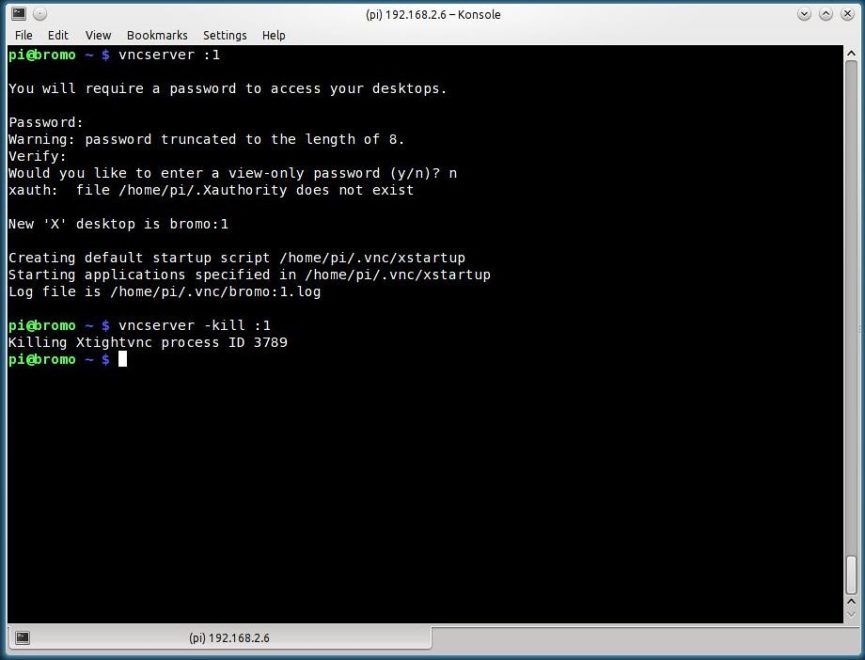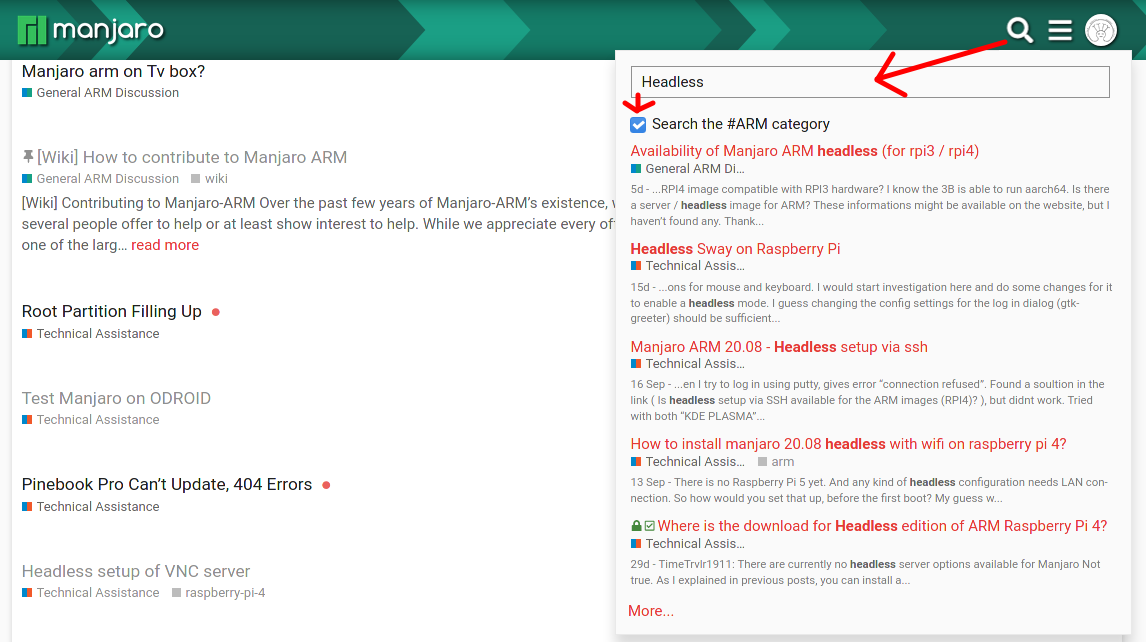

- #HOW TO START VNC SERVER IN LINUX COMMAND HOW TO#
- #HOW TO START VNC SERVER IN LINUX COMMAND PASSWORD#
- #HOW TO START VNC SERVER IN LINUX COMMAND PC#
#HOW TO START VNC SERVER IN LINUX COMMAND HOW TO#
Many articles at and many other websites you can read to learn how to install and configure the VNC server program on your desired Linux distribution. To connects to a remote computer with the RealVNC VNC Viewer, the remote computer must have the VNC server program installed and configured. The RealVNC VNC Viewer client connects to remote computers via the VNC (Virtual Network Computing) remote desktop protocol. RealVNC VNC Viewer is available on Windows, Linux, Mac, and many other devices. RealVNC VNC viewer is a cross-platform VNC client. The output should be similar to the one shown below.RealVNC VNC Viewer is a very popular VNC client. sudo systemctl start rviceĬheck the status of the x11vnc service using systemctl. systemctl enable rviceįinally, start the VNC server using the command below. Then, type :wq followed by the Enter key to save changes and quit the Vim editor.Īfter saving the file, make sure to reload the systemd manager configuration and unit files. In case of a failure, the service should restart itself before the process reaches the multi-user target. Simply put, the text in the service file states that: this is a child service and the system should start this service after all the other services have started.
#HOW TO START VNC SERVER IN LINUX COMMAND PASSWORD#
Related: How to Create a Strong Password That You Won't Forget Edit it and set it to your preferred strong password. The text randompassword is the password that you will use for logging in to your server. Description=x11vnc serviceĮxecStart=/usr/bin/x11vnc -forever -display :0 -auth guess -passwd randompassword sudo vim /lib/systemd/system/rviceĬopy and paste the content below into the newly created service file. This guide uses Vim but you can use any other Linux text editor of your choice e.g. Create a file named rvice in the / lib/systemd/system/ directory.

You will now configure a service used for starting the x11nvc server. sudo apt install x11vnc Configuring the x11vnc Server To install the x11nvc server, open your system terminal by pressing Ctrl + Alt + T. The x11vnc server has built-in SSL/TLS encryption and 2048 bit RSA authentication, including VeNCrypt support along with the UNIX account and password login system. Another advantage with x11vnc is that you can use any VNC client or viewer to connect to it. Instead, it shows the existing x11 display (KDE, GNOME, Xfce, etc.) of your Linux system in real-time. X11vnc is a lightweight VNC server that does not create an extra display for the remote desktop. In this guide, we will use the x11vnc server for setting up remote computing on our Ubuntu system. Many VNC applications have been developed some of them include TightVNC, TigerVNC, and RealVNC.
#HOW TO START VNC SERVER IN LINUX COMMAND PC#
This is where a VNC connection comes in handy.Ī Virtual Network Computing Server, commonly known as a VNC server is a system that allows you to remotely access and interact with another PC over a network using a graphical interface. However, the only challenge with the command line interface is that you can not interact with the other PC using a GUI. Traditionally, Linux computers access other systems via the terminal using utilities such as Secure Shell (SSH). This guide shows you have to install a Virtual Network Computing (VNC) Server on Ubuntu 20.04 LTS to make remote computing possible on your system.

Work from home jobs have made remote computing even more relevant by allowing people from distant regions to work remotely using their computers. Remote desktop programs allow you to access and control other systems that are not physically available to you. Accessing a computer via remote desktop is an important part of work-life.


 0 kommentar(er)
0 kommentar(er)
